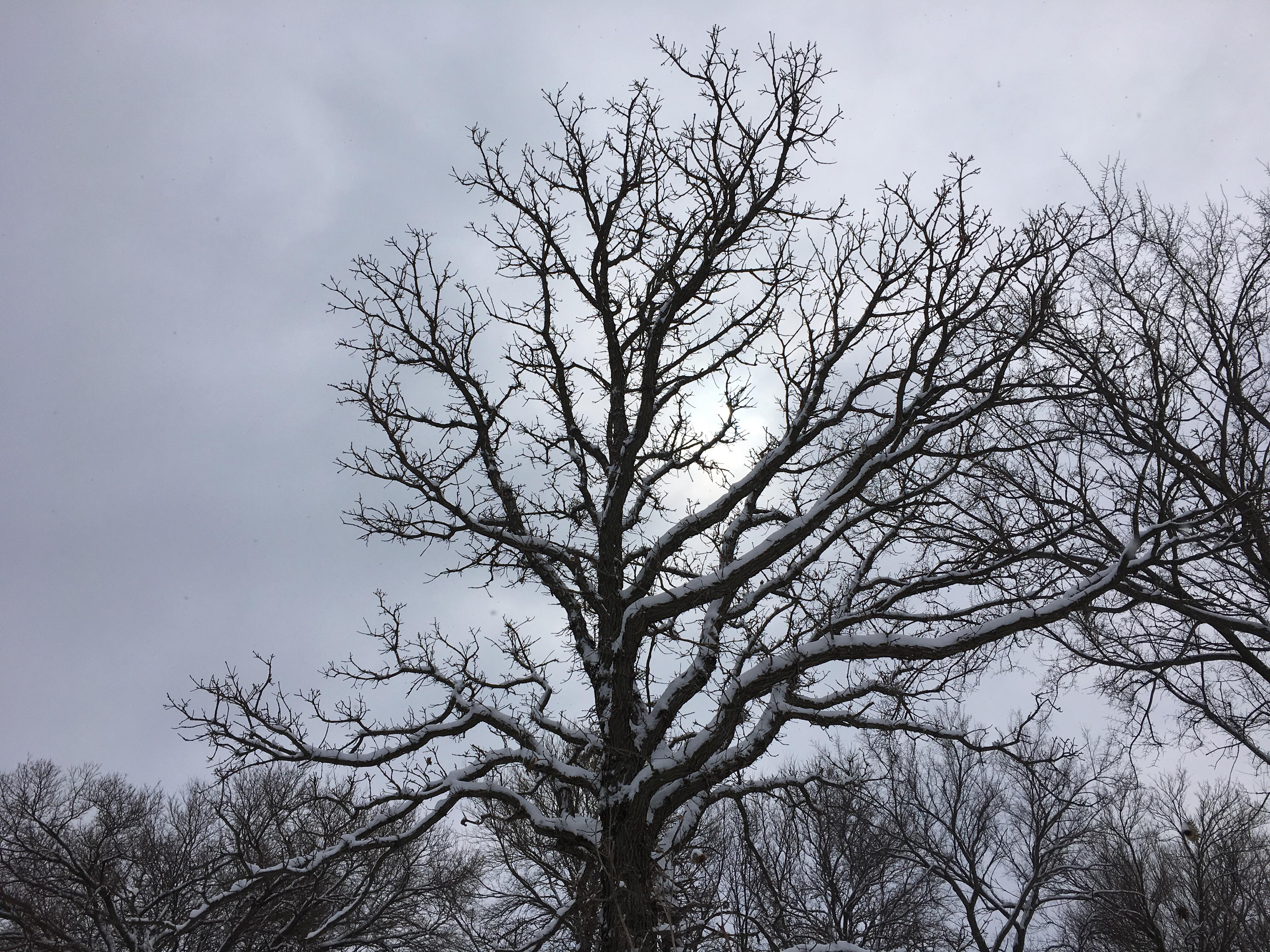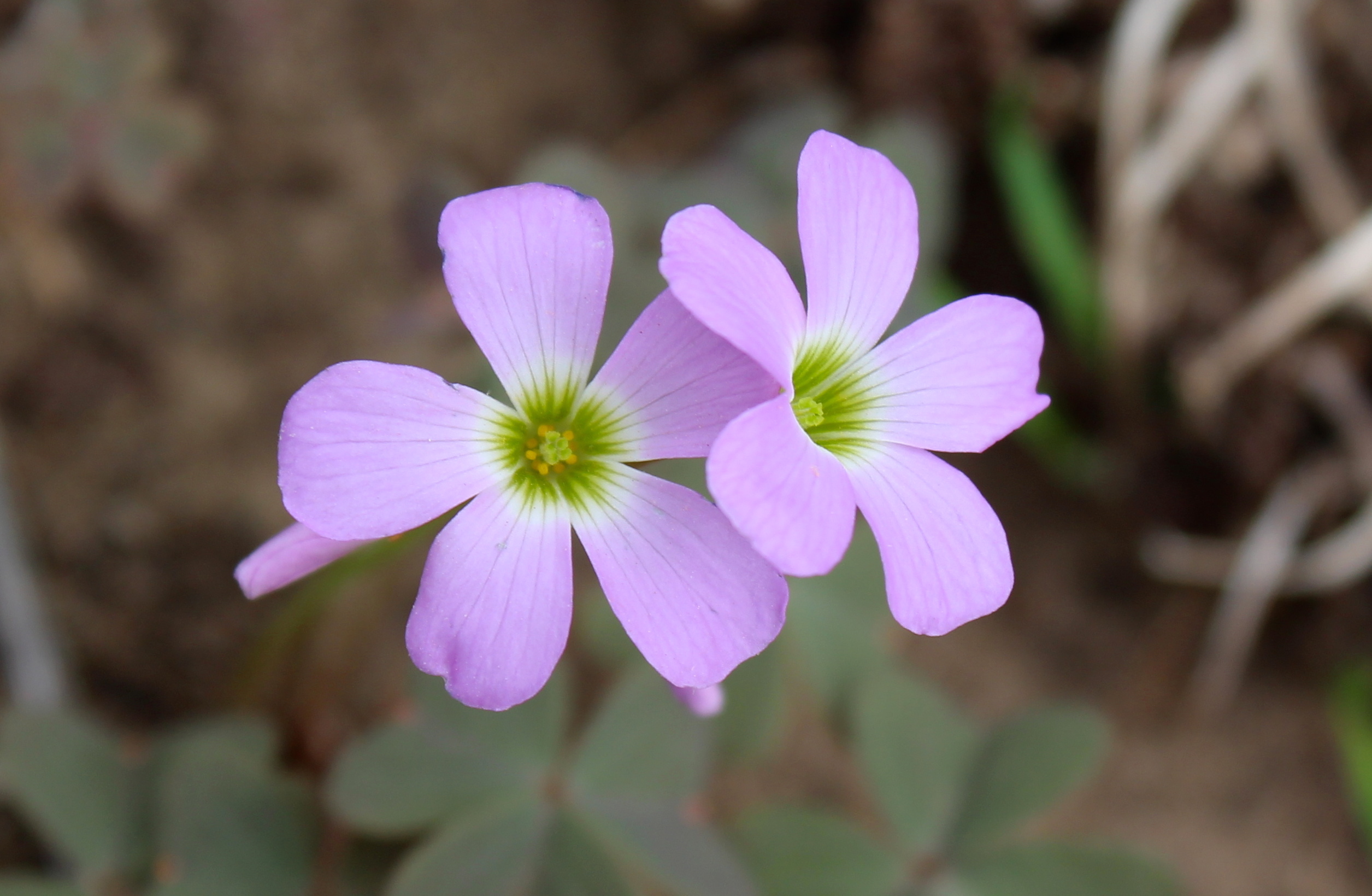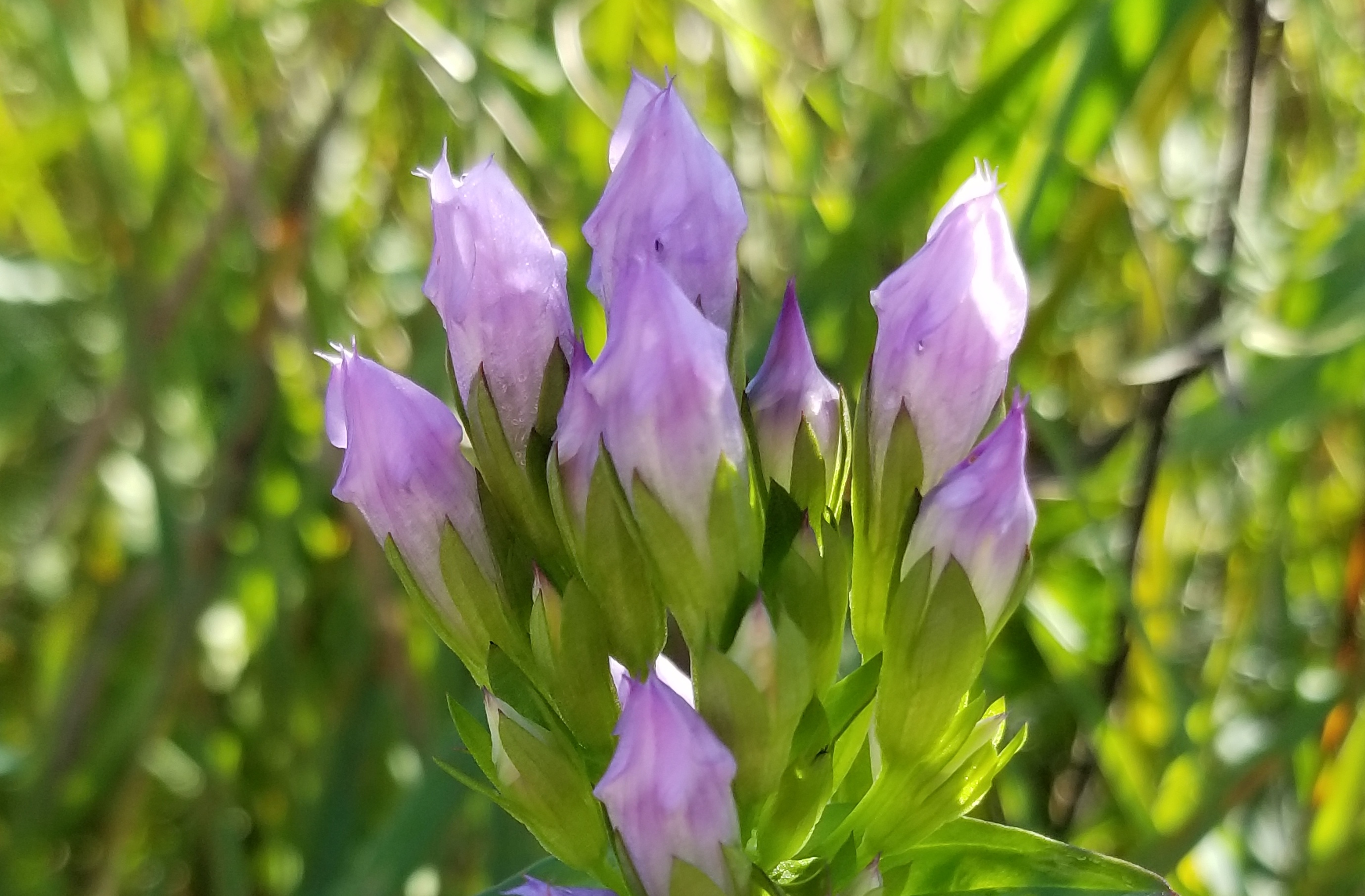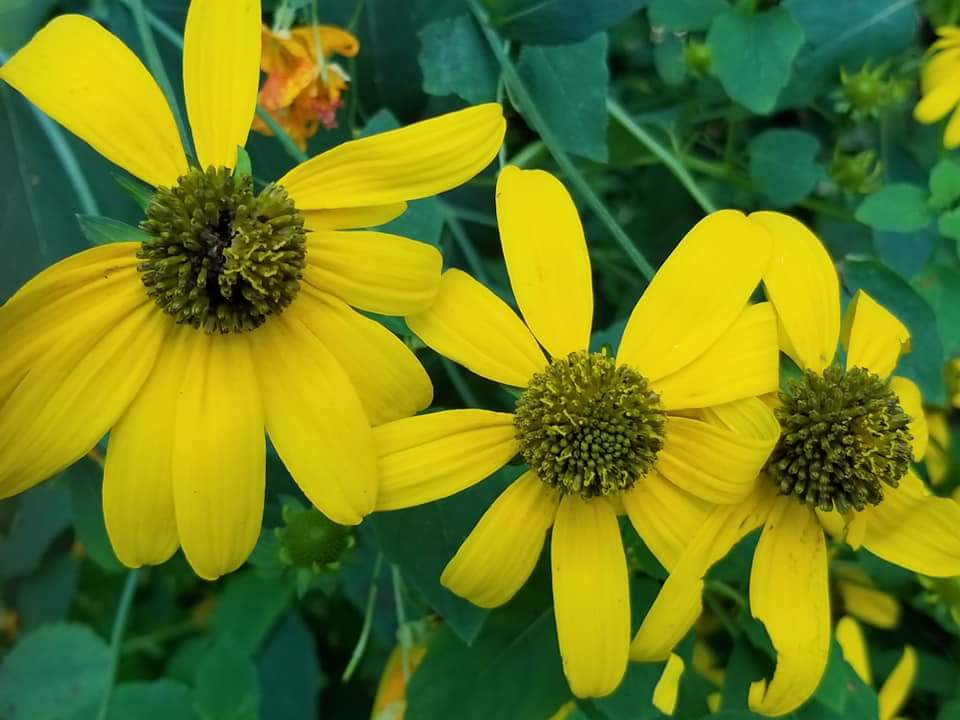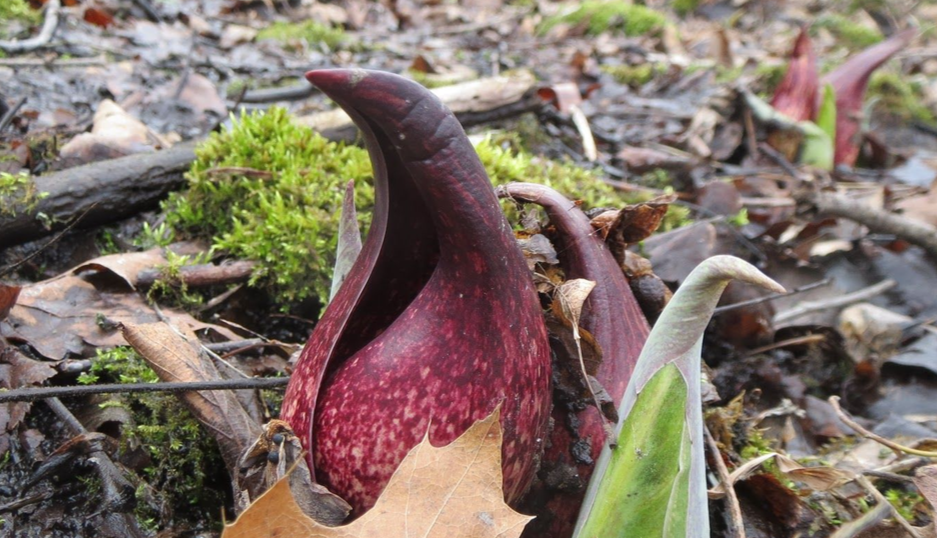Mid-summer is a fantastic time for wildflower-spotting in Iowa. If you visit a prairie habitat this weekend or on July 4, you may see common milkweed, yellow coneflowers, pale purple coneflowers, and purple prairie clover nearing their peak. Wild petunia and black-eyed Susans have started blooming. Along wooded trails, you may find American germander. The non-native (but much-loved by pollinators) chicory flowers are abundant along roadsides. Be careful not to brush up against any wild parsnip–the sap can cause a blistering rash after sun exposure.
Purple poppy mallow (Callirhoe involucrata) is often called a “showy” flower. Its magenta or maroon petals have given the species the common name winecup, and you are unlikely to overlook them if you are anywhere in the vicinity. The first blossoms typically appear in May in central Iowa, but this plant has a relatively long blooming period. I found quite a few flowers on June 27.
According to the U.S. Department of Agriculture, purple poppy mallow is is native to most of the Midwest and the plains. The Illinois Wildflowers site notes, “this plant often grows in poor soil that contains sand, gravel, or clay.” It can thrive in “dry prairies, areas along railroads and roadsides, and abandoned fields.”
The Missouri Botanical Garden’s website says purple poppy mallow can provide “Good native ground cover” for “Border fronts, rock gardens, native plant gardens, wild gardens, naturalized areas or meadows. Sprawl over a stone wall. Fits well into both formal garden areas as well as wild/naturalized areas.” The plant is drought-tolerant.
I’ve wanted to write about these flowers for years but held off because I find them difficult to photograph. The petals often end up looking flat, like shapes in a Matisse painting. I took all of the enclosed pictures this month at prairie plantings along the Meredith bike trail in Des Moines, near SW 9th St and MacRae Park.
Continue Reading...






